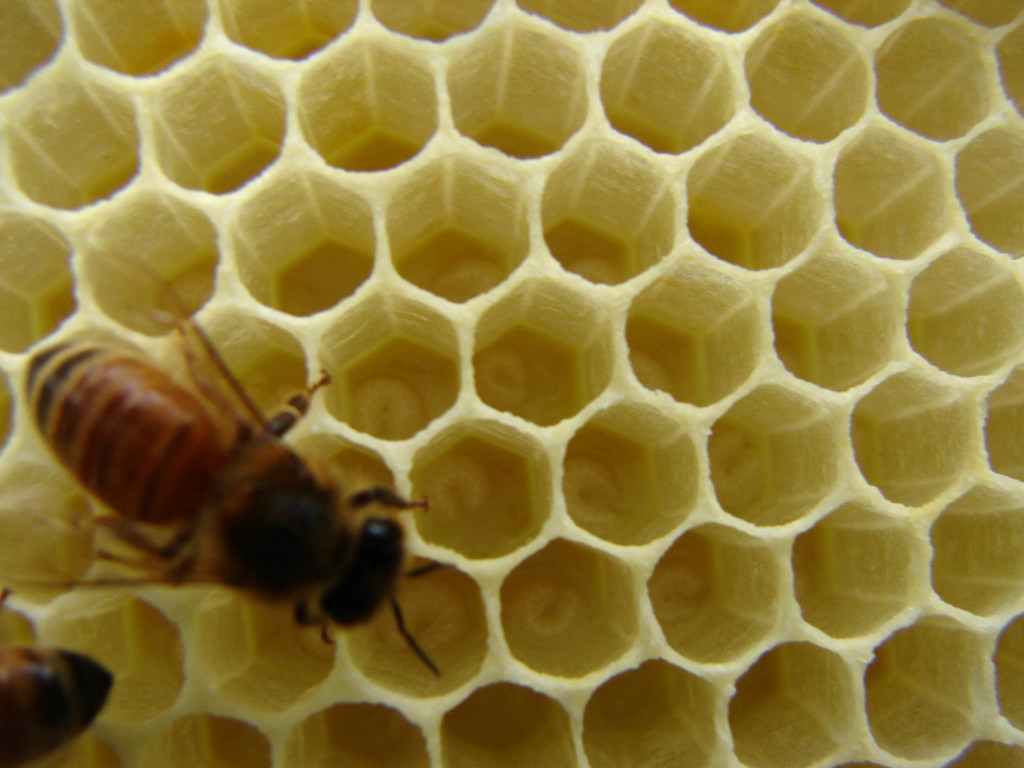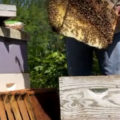So what’s your flavor when it comes to your beekeeping logs? That is, how do you manage your beekeeping records? Do you even keep logs? The point of this post is to delve in to a couple methods of record-keeping and prepare you for the topic of our March 15th bee meeting next week. We invite all of you to come and share your methods of record-keeping.

Obviously, the way we keep records as beekeepers will vary from one beekeeper to another and it comes down to the individual. First, one has to be compelled to keep logs. Many new beekeepers take logs at the beginning with good intentions, but then let things fade away as they get distracted by the many other amazing phenomenons of the hive. I put myself in that category. It’s just too fun to go through the hive to see what I can see and then glide right over the little things.
I started off using a pen and inspection sheet that can be printed off from just about anywhere. I was pretty diligent for a while but after collecting a sheet for each inspection, I moved to a notebook where I would just note changes, observations or other notes about the hive. Did I see eggs, the queen, swarm cells? I logged capacities and whether or not I knew it was the same queen I saw last time. It’s also important to note brood patterns to help determine if your queen is fizzling out. If she is, your bees may likely supercede her. Or, would you want to manually intervene?
In the spring of 2011, I found Beetight, a nice service that allows you to try before you buy. In fact, you can sign up for a free account and run up to 6 hives. This is what I did for all of 2011. You just launch the web browser on your smart-phone and hit www.beetight.com. Log in to your account and you can view your apiaries, hives, review inspections, etc. all for free. It did everything that I did previously using pen and paper. You can also get on your regular desktop computer and log in to that account to see and do extra things.
This year, however, I purchased the pro account. It costs $15 a year and it gives you the app that actually runs on your iPhone or Android. It’s pretty cool… I have to say. I use the Android version and here’s what I can do.
- Track up to 1000 hives. (of course I’ll never have this many, but for a commercial operator?)
- Print and scan a unique QR code for each hive. Scanning one quickly brings up that hives data.
- Add and review hive inspections instantly.
- Hive inspections consist of tapping check boxes for queen seen, eggs seen, etc. It lets me add notes and lots of other data. I can customize the options I use for hive inspections. I also have a speech to text app on my phone that let’s me speak my notes and it translates them to text. It does a really good job… so, less typing and more talking.
- It also uses my phones GPS to auto-populate the weather and temperature for that day. Using the free version, it had a space to manually enter in the weather and temperature, but I like this as it is more accurate than my previous guesses.
- Since I’m a pretty tactile person, I take a lot of pictures. I can snap a pic and associate it with a hive along with my notes.
- All the data is instantly uploaded to my Beetight account on the web so I can log in, and review the data with a few enhanced functions… like exporting excel sheets and printing hive inspections if I wanted to.
These are just some of the main functions that I, as a tech-head, find easy and convenient. This app has encouraged me to be more diligent in my record keeping by letting me take pictures and make notes about them in the hives. It also makes it really easy to do anywhere and access from anywhere I am.
There is also another completely free app that was shown to me by Tyson Hermes (a recent member of the club) called www.hivetracks.com. It’s free and helps you track multiple hives and multiple bee yards. Tyson set up an account and is trying it out. Hit him up at a meeting to ask him more details about it.
In the end, it all comes down to what works for you. My dad would cringe about my merging technology with beekeeping, saying something like “you get out in the bee yard to get away from your daily routine” and he’s probably right. However, my feeling is that whatever it takes to keep you minding your records is a good thing. You will thank yourself later when you have accumulated enough notes and data that tell you what may have went wrong… or right! How old is that queen in hive 4? Does hive 5 need a new honey super? I say if you are going to do something, do it intentionally. This method of record-keeping fits right with me.
I wish everyone the best success in 2012 and we hope to see you at the next SIBA meeting!





Leave a Reply